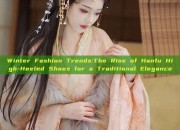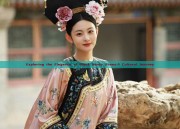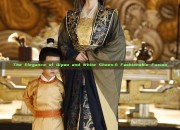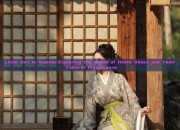The Splendid Rise of Hanfu Shoes:The Story of Qiaotou Shoes
Article Content:
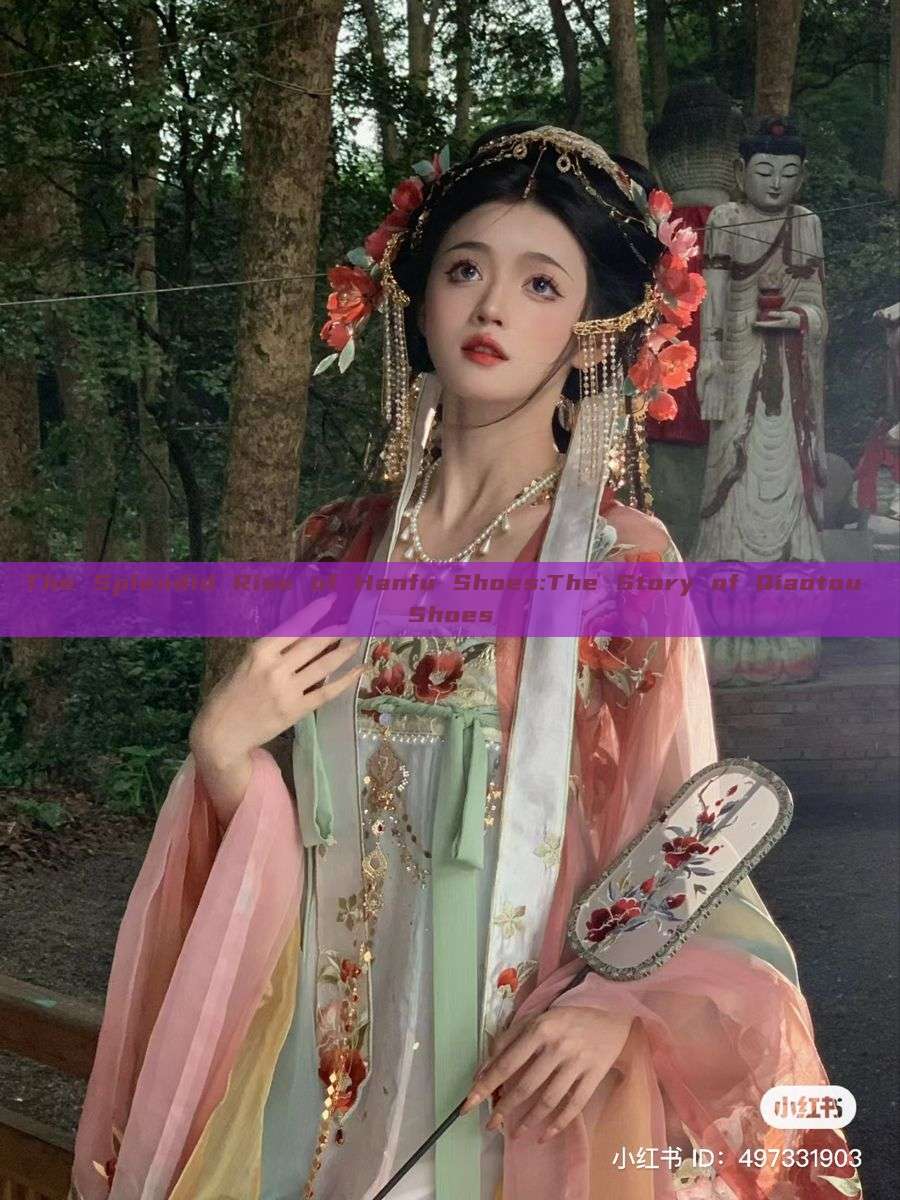
The art of Hanfu, also known as Han clothing, has experienced a remarkable revival in recent years, sparking a renewed interest in traditional Chinese fashion. As an integral part of Hanfu culture, Shoes have played a pivotal role in the overall aesthetics and cultural significance of the ensemble. Among the various styles of Hanfu shoes, Qiaotou shoes have particularly garnered attention for their unique design and rich historical significance.
Qiaotou shoes, also known as "翘头鞋" in Chinese, are a traditional footwear style that dates back to the Han dynasty (206 BC – 220 AD). These shoes are characterized by their distinctively upward-curving front edges, resembling the shape of a bird's beak or a horse's head. This unique design not only enhances the wearer's posture but also embodies the cultural values and aesthetics of ancient China.
The history of Qiaotou shoes is closely linked to the development of Chinese culture and fashion. In the Han dynasty, these shoes were primarily worn by the nobility and were considered a symbol of status and authority. The design of Qiaotou shoes reflects the intricate craftsmanship and attention to detail that was characteristic of the era. They were often made with expensive materials like silk and embroidered with intricate patterns, showcasing the wearer's wealth and social standing.
Over time, Qiaotou shoes evolved to adapt to different historical periods and fashion trends. During the Tang dynasty (618-907 AD), for instance, the design became more streamlined and elegant, reflecting the sophistication and openness of the era. The shoes were often paired with luxurious robes and were worn by both men and women.
During the Ming and Qing dynasties (1368-1912 AD), Qiaotou shoes underwent further evolution, becoming more practical and comfortable. The design became simpler, with less intricate embellishments, yet still retaining the essential characteristics of the original style. These shoes were worn by both commoners and members of the nobility, becoming a ubiquitous part of everyday attire.
The revival of Hanfu culture in recent years has brought Qiaotou shoes back into the mainstream. These traditional shoes are now worn not only for historical reenactments and cultural events but also as part of everyday fashion. The modern versions are often made with more durable materials like leather or rubber, ensuring both comfort and durability. They are often paired with modern clothes like jeans or traditional Chinese attire like cheongsam or hanfu robes, showcasing their versatility and adaptability.
The revival of Qiaotou shoes is not just about a comeback of a traditional style; it is also about rediscovering and embracing the rich cultural heritage that lies behind them. These shoes embody the essence of traditional Chinese culture: respect for elders, attention to detail, and a deep appreciation for craftsmanship. By wearing Qiaotou shoes, modern individuals are not only showcasing their love for traditional culture but also embracing their cultural identity and heritage.
In conclusion, Qiaotou shoes are not just a piece of footwear; they are a symbol of rich cultural heritage and tradition. Their unique design and historical significance have made them a focal point of attention in the revival of Hanfu culture. As we move forward in time, it will be interesting to see how Qiaotou shoes continue to evolve and adapt to modern fashion trends, while still retaining their essential characteristics and cultural significance.


